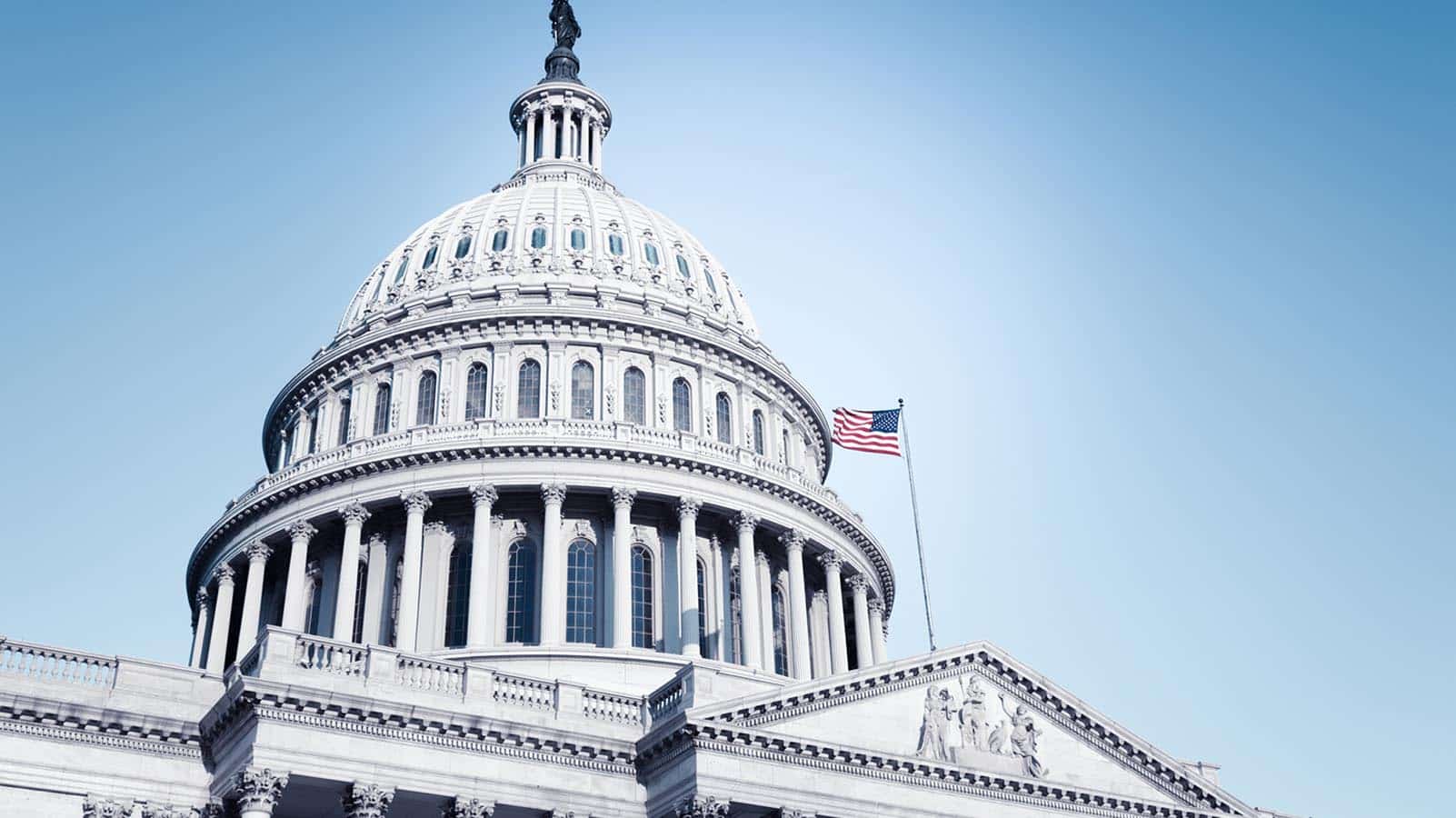Mortgage Fraud: A Guide for Whistleblowers
Mortgage fraud involves deceitful practices in the mortgage process, which played a significant role in the 2008 financial crisis. To combat this, various laws have been enacted, offering substantial rewards for whistleblowers who expose such fraud and urging them to seek legal guidance for protection.
Updated
May 14, 2025

Mortgage fraud refers to any misrepresentation, misstatement, or omission made by someone (an individual, institution, or entity) during the mortgage process, which is then relied upon by a lender to fund, purchase, or insure a loan. Mortgage fraud can be committed by both borrowers and industry professionals.
Mortgage fraud has severe implications for individuals and the broader economy. Following the 2008 financial crisis, the government has intensified its efforts to combat this fraud, often relying on whistleblowers for information.
This guide offers insights and instructions for those considering blowing the whistle on housing and mortgage fraud.
Examples of Mortgage Fraud
Originating and Underwriting Loans for Financially Unstable Borrowers
This fraud involves lending money to borrowers who don’t have the financial stability to repay the loan, often due to lax underwriting standards or purposeful negligence.
- Subprime Lending – this practice involves giving loans to individuals with poor credit histories who are considered high-risk borrowers. While subprime lending itself is not fraudulent, during periods of aggressive lending, standards can become too lax, leading to loans that are almost certain to default.
- NINJA Loans – this stands for “No Income, No Job, and No Assets.” Such loans were given to borrowers without verifying their income, employment, or assets.
Deceiving Investors in Structured Financial Products like RMBS and CDOs
- Securitization – lenders would bundle multiple mortgages into securities and then sell them to investors. RMBS (Residential Mortgage-Backed Securities) and CDOs (Collateralized Debt Obligations) are types of these securities. The fraud arises when the quality of the underlying loans is misrepresented.
- Misrepresentation in Prospectus – when selling these securities, a prospectus is provided to investors detailing the quality, risk, and potential returns of the investment. If this document contains false information or omits important risks, it’s fraudulent.
- Ratings Manipulation – ratings agencies assign grades to these securities based on the perceived risk. If these agencies are misled or if they purposefully overlook certain risks, these securities might get a higher rating than they deserve, misleading potential investors.
Overstating Borrowers’ Income
By presenting a borrower as having a higher income than they actually do, the risk associated with lending to them appears reduced. This can be done by:
- Forged Documents – fake pay slips, bank statements, or tax returns might be used to substantiate the false income.
- Liar Loans – these are loans where a borrower’s income isn’t fully verified, relying mainly on their word. Dishonest borrowers or brokers can easily inflate income levels in such cases.
Falsifying Employment Histories
Accurate employment history helps lenders determine a borrower’s ability to repay a loan. Falsifying this data can make a borrower appear more stable and reliable than they are.
- Fake Employment Verification – fraudsters might provide false contacts for employment verification, who, when called, confirm the fraudulent employment details.
- Misrepresenting Job Position or Duration – claiming a higher-paying job position or a longer duration of employment than is accurate can mislead lenders into thinking a borrower is more financially stable than they are.
Inflating Property Values
The value of the property being purchased often serves as collateral for the loan. Inflating its value can lead to larger loans being approved.
- Colluding with Appraisers – an appraiser might be bribed or pressured to value a property higher than its actual worth.
- Comparative Market Analysis Manipulation – by selectively choosing or misrepresenting comparables (similar properties), one can artificially inflate the perceived value of a property.
- Fake Renovations – claiming renovations or improvements that were never made can boost a property’s appraised value.
Mortgage-Backed Securities and The Financial Crisis of 2008
Mortgage-backed securities (MBS) are investment products backed by a pool of mortgages. When mortgage fraud occurs, it can have direct and significant implications for these securities and their investors.
Leading up to the 2008 financial crisis, there was a significant amount of mortgage fraud, especially in the subprime sector. Many of these fraudulent mortgages were securitized into MBS and sold to investors.
When a large number of borrowers began to default on their loans, the value of these MBS plummeted, contributing to the broader financial crisis.
Here’s the relationship between mortgage fraud and MBS:
- Foundation of MBS – mortgage-backed securities are created by pooling together a large number of mortgages and then selling interests in that pool to investors. Investors receive periodic payments derived from the interest and principal payments made by borrowers on the underlying mortgages.
- Impact on Asset Quality – if the underlying mortgages in an MBS are based on fraudulent information (e.g., overstated income or property values), the actual quality of those assets may be much poorer than represented. This means the risk of default on those mortgages is higher than investors were led to believe.
- Risk to Investors – investors rely on accurate information about the quality and risk profile of the mortgages underlying an MBS. When mortgage fraud occurs, it misrepresents this risk profile. If defaults increase because borrowers cannot maintain their fraudulent loans, the MBS can lose value, leading to significant financial losses for investors.
- Rating Agencies – rating agencies assign credit ratings to MBS based on their assessments of the securities’ risks. If these agencies are unaware of or overlook mortgage fraud in the underlying assets, they might assign a higher rating to the MBS than it truly deserves. This misrepresentation can mislead investors about the security’s actual risk.
- Legal and Repurchase Risks for Originators – if a loan that’s been securitized into an MBS defaults and it’s found that there was fraud in the origination process, the entity that originated the loan might be legally obligated to repurchase it from the MBS pool. This can lead to significant financial losses for the originator.
Mortgage fraud has a direct and long-term effect on mortgage-backed securities. It not only undermines the actual value and safety of these securities but can also have broad implications for financial markets and the economy, as seen in the 2008 financial crisis.
Reward Laws Addressing Mortgage Fraud
Whistleblowers play a crucial role in exposing fraud, especially in sectors as intricate as the mortgage industry. When mortgage fraud involves federal programs, particularly those by the Department of Housing and Urban Development’s Federal Housing Administration (HUD’s FHA), the government may suffer financial losses. The False Claims Act (FCA) offers a legal recourse in such situations.
False Claims Act (FCA)
Many mortgages, especially those for first-time buyers or individuals with lower credit scores, are insured by the FHA. This insurance protects lenders from losses if the borrower defaults. As the federal government backs this insurance, any fraud involving these loans can result in financial loss to the government.
The False Claims Act penalizes individuals and companies defrauding governmental programs. It targets fraudulent activities involving mortgages insured by federal agencies, especially when they result in financial loss to the government.
Whistleblowers can file a qui tam lawsuit (or claim) on behalf of the government for violations. If the lawsuit results in financial recovery, the whistleblower may receive a portion of the recovered funds, typically between 15% and 30%. The FCA also provides protection to whistleblowers against retaliation by employers.
Dodd-Frank Wall Street Reform and Consumer Protection Act (Dodd-Frank Act)
The Dodd-Frank Act was enacted to reduce systemic risk in the financial system and protect consumers post the 2008 financial crisis. It addresses misleading sales of mortgage-backed securities and introduces strict regulatory requirements. It also established the Consumer Financial Protection Bureau (CFPB) to oversee and enforce consumer protection laws in the mortgage sector.
This act imposes rigorous regulatory capital requirements on banks to ensure their financial stability. To encourage the reporting of securities law violations, it includes whistleblower provisions that provide rewards to individuals who come forward, typically between 10% to 30% of the money collected when the monetary sanctions exceed $1 million.
Additionally, the legislation regulates the sale and marketing of particular financial products, notably Residential Mortgage-Backed Securities (RMBS) and Collateralized Debt Obligations (CDOs).
Anti-Money Laundering Act
Provisions of the Anti-Money Laundering Act prevents and penalizes money laundering activities. Mortgage fraud can sometimes be a vehicle for money laundering, especially when properties are bought to legitimize illegal funds.
The AMLA requires entities involved in large transactions, including real estate, to perform due diligence on their customers, known as “Know Your Customer” or KYC protocols. They must also report suspicious activities using a Suspicious Activity Report (SAR).
Whistleblowers can receive a percentage of the monetary sanctions collected by the government as a result of the information they provide. This percentage can range, but it is often up to 30% of the collected amount. The exact percentage is usually contingent on various factors, including the significance of the whistleblower’s information and the extent of their assistance.
The government has implemented several whistleblower reward programs under the aforementioned laws, acknowledging the importance of inside information. Whistleblowers can receive “substantial financial rewards” (and protections) when their information leads to government recovery.
Legal Assistance for Mortgage Fraud Whistleblowers
If you’re considering becoming a whistleblower, it’s crucial to consult with legal professionals experienced in the field. Your action can make a significant difference, but it’s essential to protect your rights and interests throughout the process.
If you’re seeking further insights on mortgage fraud whistleblower regulations or think you possess pertinent information related to mortgage fraud, please reach out to Kohn, Kohn and Colapinto for a free consultation. The whistleblower attorneys at our firm will evaluate your situation to ascertain the legitimacy of your potential claim.
Our Firm’s Cases

Qui Tam Award to Whistleblowers: $50 Million
Daniel Richardson, a former Senior District Business Manager for Bristol-Myers Squibb (BMS), prevailed in one of the largest qui tam whistleblower cases filed against a major pharmaceutical company for “off label” marketing and illegal kickbacks.

$7 Million Exposed
This case study examines the successful use of the California False Claims Act by our whistleblower client James Connolly, who held multinational bank HSBC accountable for defrauding the California Public Employees’ Retirement System (CalPERS), a public pension fund, out of $7 million.

$100 Million Exposed
Alex Cherpuko, a 21-year-old whistleblower at the time, exposed a $100 million criminal enterprise, securing a $69.6 million judgment and becoming the first to simultaneously use False Claims Act, Dodd-Frank Act, and IRS whistleblower laws.
Relevant FAQs
Latest News & Insights
January 22, 2025
FAQs
Our pro bono team has helped lead the fight to pass amendments which would strengthen the False Claims Act (FCA).





